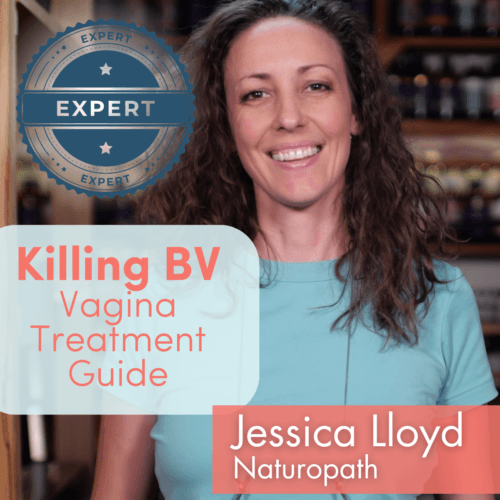A corpus luteum cyst is a form of benign ovarian cyst containing blood and other fluids, prone to bursting about the time your period is due. A corpus luteum cyst develops after the release of an egg from the follicle, with the follicle leftovers turning into a tiny gland called the corpus luteum.
Normally, the corpus luteum would start producing large amounts of oestrogen and progesterone in preparation for a fertilised egg, and conception.
Once a pregnancy does not occur, the corpus luteum disappears. If it doesn’t disappear, however, it can fill with blood or fluid and turn into a cyst.1 The cyst is most often just on one side of the body, and comes and goes without symptoms.
A corpus luteum cyst is known as a functional cyst, and can take a few months to completely resolve. Corpus luteum cysts typically occur in fertile-age women, are benign, and inconsequential.
If you are postmenopausal, the cause for concern occurs when a cyst is one centimetre or bigger, whereas in fertile-age women, it is common for cysts to be up to five centimetres in diameter. Ovarian cancer does not arise from benign corpus luteum cysts.2
Symptoms of a corpus luteum cyst
- No symptoms
- If the cyst bursts, it can cause sharp abdominal pain and bleeding – pain disappears within two days3
- Worst case scenario is the rupture causing the ovary to twist, cutting off blood supply to the ovary – called ovarian torsion – very painful
- Can occur in pregnancy but is generally harmless
- Irregular periods
- Periods stop altogether (secondary amenorrhea)
- Abdominal pain
Risk factors for corpus luteum cysts
- Fertility drug clomiphene citrate (Clomid, Serophene) increases the risk of corpus luteum cysts developing4
- Progesterone-only oral contraceptive pills can increase the incidence of corpus luteum cysts5
Diagnosis of a corpus luteum cyst
Diagnosis will be by pelvic ultrasound and other testing that your doctor thinks is reasonable to exclude other more dangerous conditions.6
Outcomes of corpus luteum cysts
Most corpus luteum cysts resolve on their own within eight weeks, with any cyst under five centimetres left alone. Most pregnant women with corpus luteum cysts see they clear up at about week 18 without intervention.7
Treatments for corpus luteum cysts
Treatment is most often nothing at all (monitoring), but if the cyst is causing unpleasant symptoms, it can be surgically removed.8,9
References
- 1.Kim MJ, Kim HM, Seong WJ. The predicting factors for indication of surgery in patients with hemoperitoneum caused by corpus luteum cyst rupture. Sci Rep. Published online September 17, 2021. doi:10.1038/s41598-021-97214-6
- 2.Strigini FAL, Carmignani A, Cosio S, Giusti G, Gadducci A. Is reduction in size pathognomonic of functional ovarian cysts? Ultrasound in Obstet & Gyne. Published online June 2003:622-624. doi:10.1002/uog.147
- 3.Lee MS, Moon MH, Woo H, Sung CK, Jeon HW, Lee TS. Ruptured Corpus Luteal Cyst: Prediction of Clinical Outcomes with CT. Korean J Radiol. Published online 2017:607. doi:10.3348/kjr.2017.18.4.607
- 4.Glock J. Prognostic Significance of Morphologic Changes of the Corpus Luteum by Transvaginal Ultrasound in Early Pregnancy Monitoring. Obstetrics & Gynecology. Published online January 1995:37-41. doi:10.1016/0029-7844(94)00321-4
- 5.Baerwald AR, Pierson RA. Ovarian Follicular Development During the Use of Oral Contraception: A Review. Journal of Obstetrics and Gynaecology Canada. Published online January 2004:19-24. doi:10.1016/s1701-2163(16)30692-2
- 6.Fiaschetti V, Ricci A, Scarano AL, et al. Hemoperitoneum from Corpus Luteal Cyst Rupture: A Practical Approach in Emergency Room. Case Reports in Emergency Medicine. Published online 2014:1-5. doi:10.1155/2014/252657
- 7.Bauman R. Management of Ruptured Corpus Luteum with Hemoperitoneum in Early Pregnancy – a Case Report. ACC. Published online 2018. doi:10.20471/acc.2018.57.04.24
- 8.MacKenna A, Fabres C, Alam V, Morales V. Clinical management of functional ovarian cysts: a prospective and randomized study. Human Reproduction. Published online December 2000:2567-2569. doi:10.1093/humrep/15.12.2567
- 9.Abbas AM, Amin MT, Tolba SM, Ali MK. Hemorrhagic ovarian cysts: Clinical and sonographic correlation with the management options. Middle East Fertility Society Journal. Published online March 2016:41-45. doi:10.1016/j.mefs.2015.08.001




